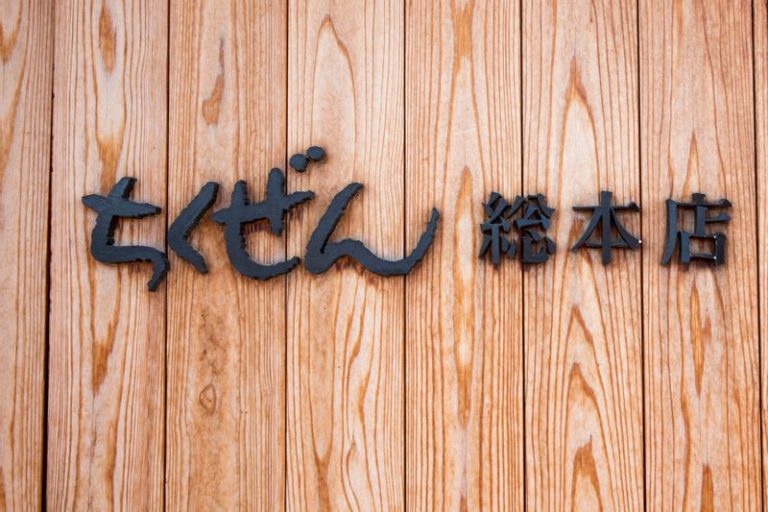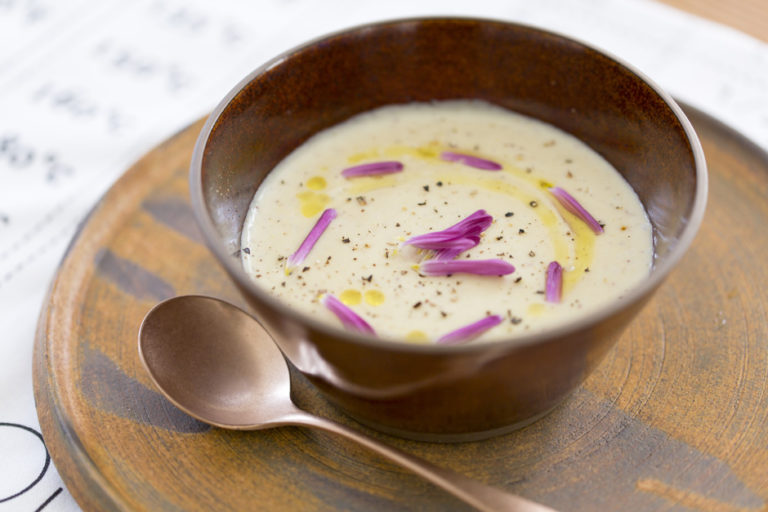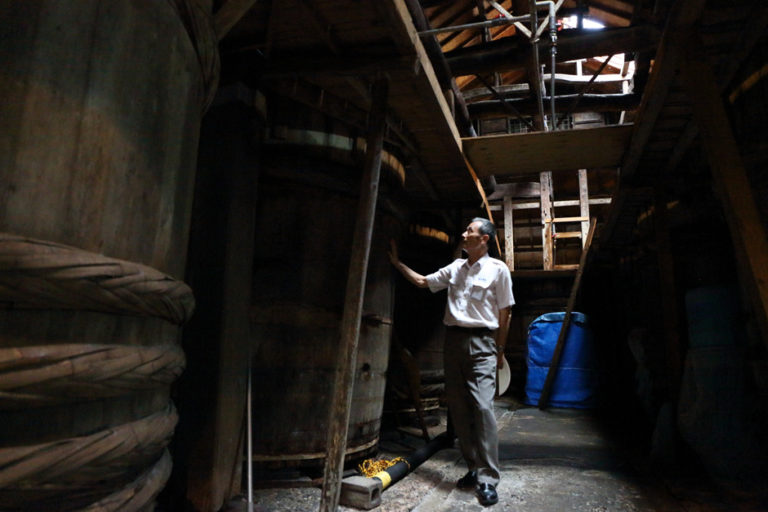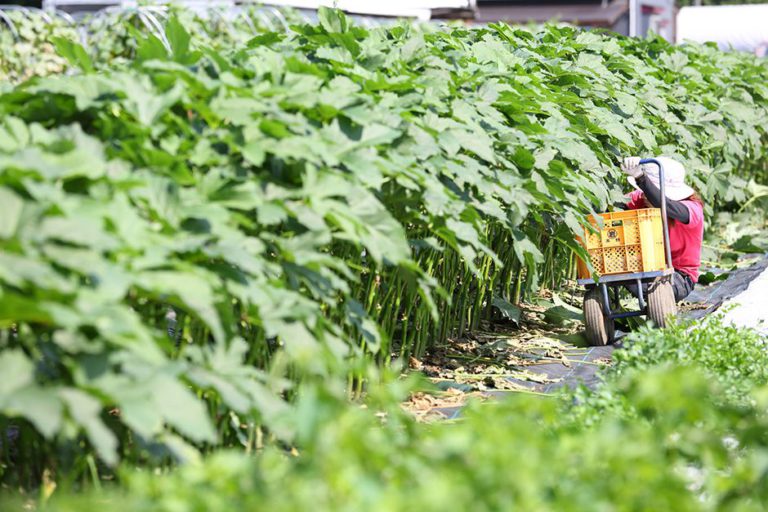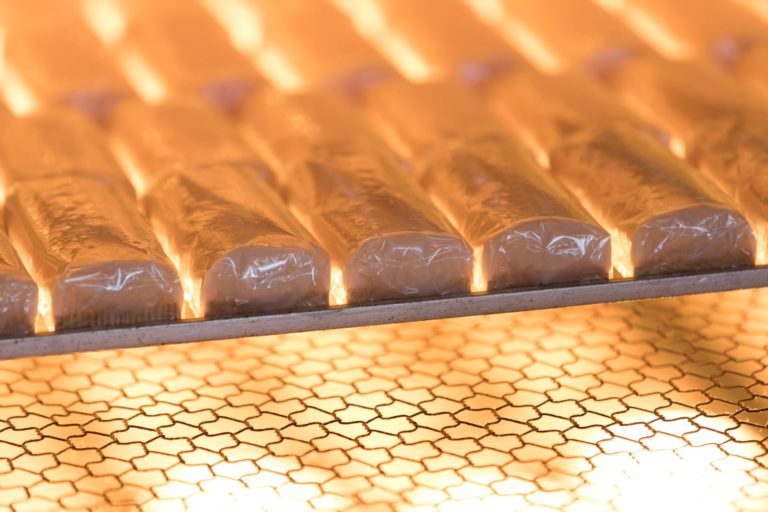Choshu Kurokashiwa, a Jidori Nurtured by the Bounty of the Sea and the Mountains
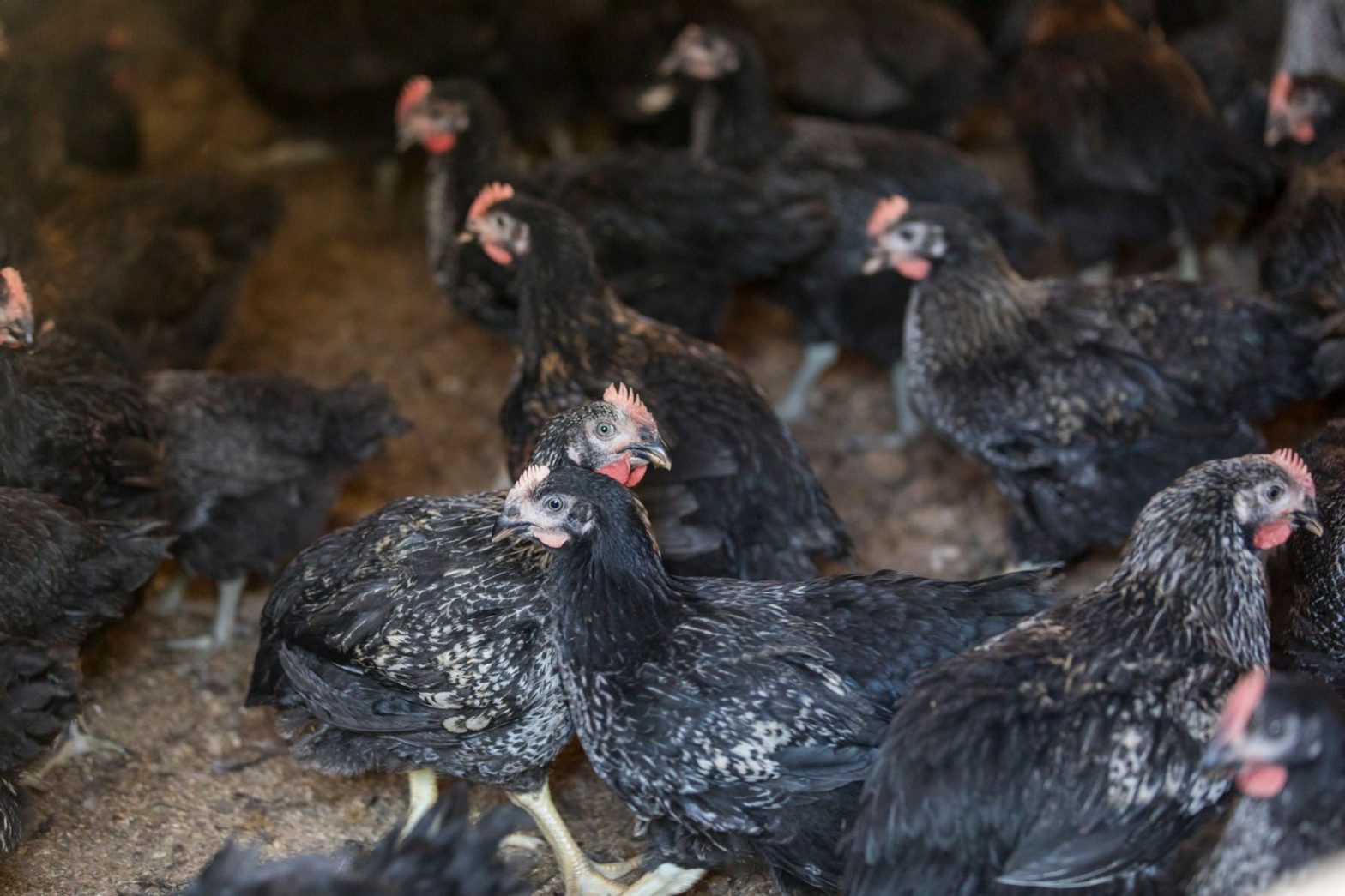
Reasons poultry farming is active in the seaside town of Nagato
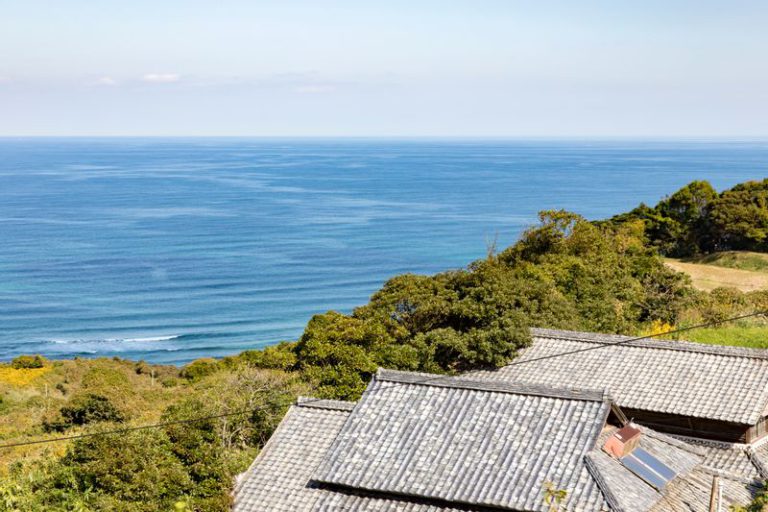
Fishing is the primary industry in Nagato, which faces the Sea of Japan, due to its abundant fishery resources, but the town is also famous for its yakitori (barbequed skewered chicken). The number of yakitori restaurants in Nagato relative to the population is one of the highest in Japan.
Farmers in this region have long been raising chicken on the side. Being near Senzaki Fishing Port meant fish guts, the by-product of making kamaboko (cured and steamed fish paste), was cheap and plentiful. Fish guts were used as an animal protein feed that raising chicken required. Chickens were raised primarily for their eggs before World War II, but after the war, with food shortages, poultry production became popular.
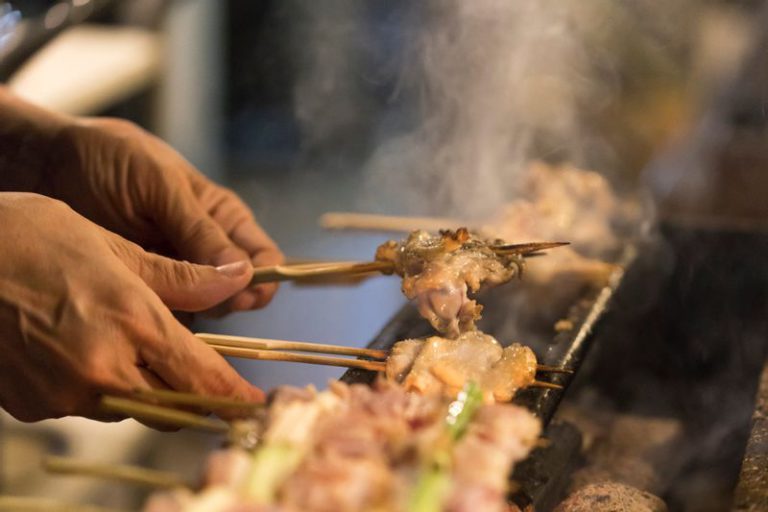
In 1948, the Fukagawa Yokei Nogyo Kyodo Kumiai (Fukagawa Chicken Farmers’ Cooperative), a rare co-op specializing in poultry farming in Japan, was formed in the Fukagawa District, Nagato. Since then, Fukagawa has been western Japan’s top broiler producing area, known for its Choshudori (a brand of chicken). The town began supplying Yamaguchi Prefecture’s first Jidori brand, Choshu Kurokashiwa, in 2009.
Choshu Kurokashiwa, a Jidori chicken, developed over 15 years
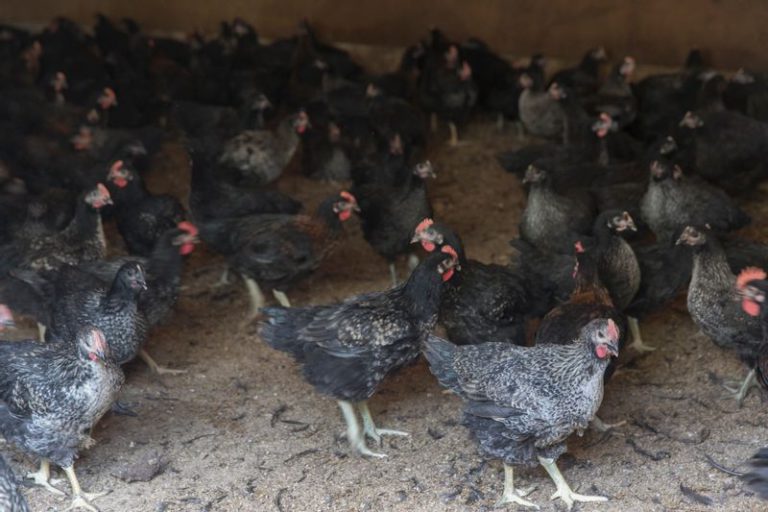
Choshu Kurokashiwa is free-range poultry produced by crossbreeding a Rhode Island Red female with a male Yamaguchi Kurodori chicken, which was developed by Yamaguchi Prefecture over a period of about 15 years based on Japan’s native Kurokashiwa chicken.
An adult male Kurokashiwadori weighs about 3.3 kilograms. It is black all over with a green sheen and long trailing tail feathers. The roosters are long singers and can croak continuously for seven to eight seconds. A pure breed is rare, and it is listed as one of Japan’s protected species. It has been considered a sacred chicken since ancient times as it announces time accurately by croaking at dawn. It has been raised for practical and aesthetic use in Shinto shrines and farms in Yamaguchi and Shimane Prefectures. The Tamanooya Shrine in Osaki, Hofu, Yamaguchi Prefecture, has a monument marking the birthplace of Kurokashiwadori.
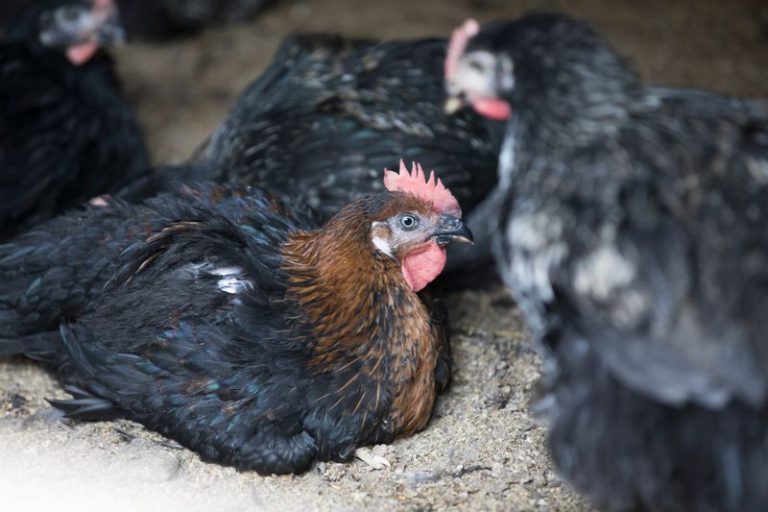
Choshu Kurokashiwa was developed to pursue manageability and flavor as a poultry breed, using the Kurokashiwadori as a base. Jidori generally has darker meat with more robust umami, but some people are not keen on its firmer texture. In that regard, Choshu Kurokashiwa is enjoyed by people of all ages for its moderately firm yet juicy meat and a meatiness that yields more flavor the more you chew, which suits modern tastes.
Thriving freely in broiler houses in a mountain village
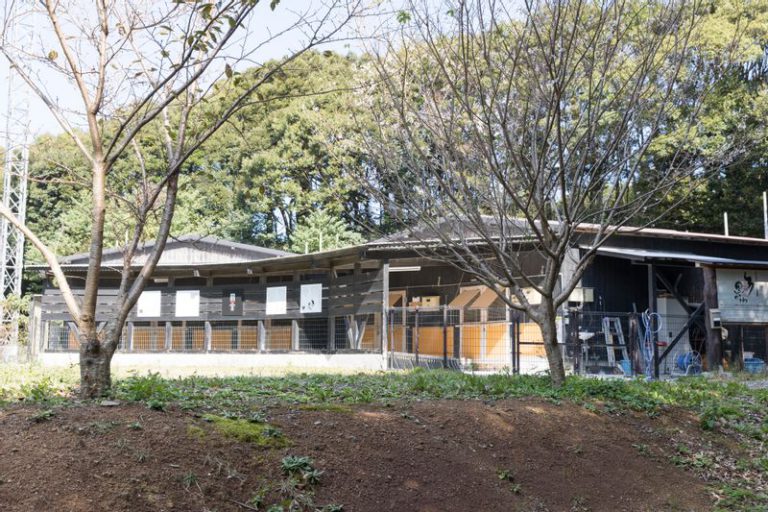
We visited Fanfarm, a farm that specializes in raising Choshu Kurokashiwa. As the name suggests, the broiler houses are laid out in the shape of a fan on the side of a mountain. The breeding density inside is less than eight birds per square meter on one floor, so the chickens are raised in a relaxed manner.
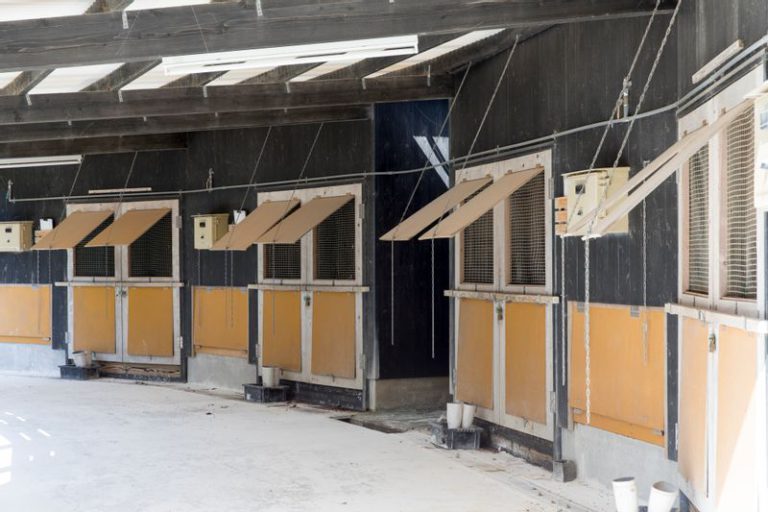
“Choshu Kurokashiwa have less fat than broiler chickens and are low in calories because they move a lot. They are also rich in the umami component, inosinic acid, and since the breast meat and tenders contain an abundance of imidazole dipeptide, which aids fatigue recovery, they are good for you,” commented Yuji Suenaga, the president of Nagato Agrist, which runs Fanfarm.
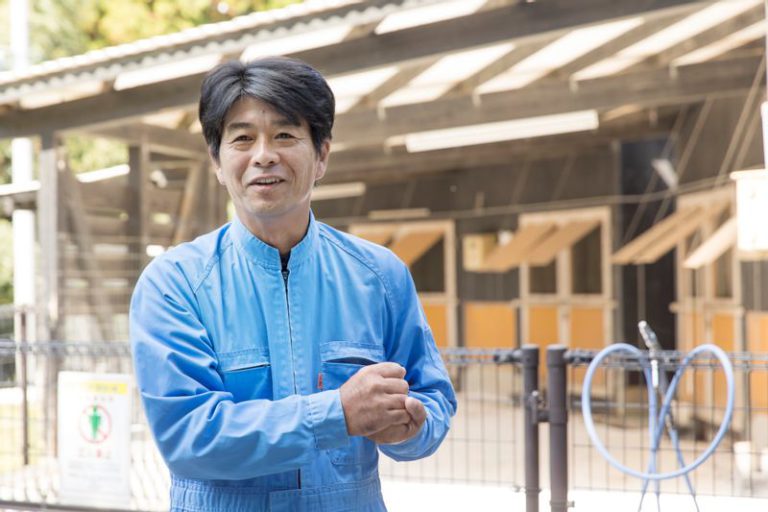
Each hut is divided into quarters, and the chickens are managed according to the weeks since their hatching to make it easier to monitor how they are growing. The workspace for unilaterally managing the entire poultry house is the core element of the fan-shaped design. The house is cleverly designed to make feeding and cleaning efficient.
“It takes about 14 weeks (100 days) to raise a Choshu Kurokashiwa, which is about twice the time it takes for an ordinary broiler chicken to grow to the same size, but the umami increases accordingly,” commented Suenaga.
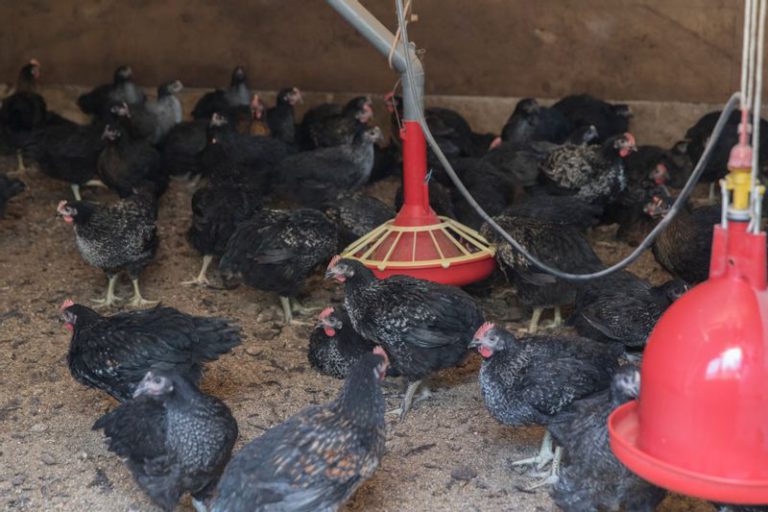
The poultry house is set in an isolated location in the mountain away from people’s homes so as to combat infectious diseases. Hygiene control is particularly strict from the fall to winter when they are on alert against bird flu, and the birds are completely separated from outsiders.
“We will have to destroy every bird if one falls ill. These are measures are necessary for us to raise and supply the birds without using any antibiotics or synthetic antibacterial agents,” commented Suenaga.
Fanfarm focuses on circular agriculture
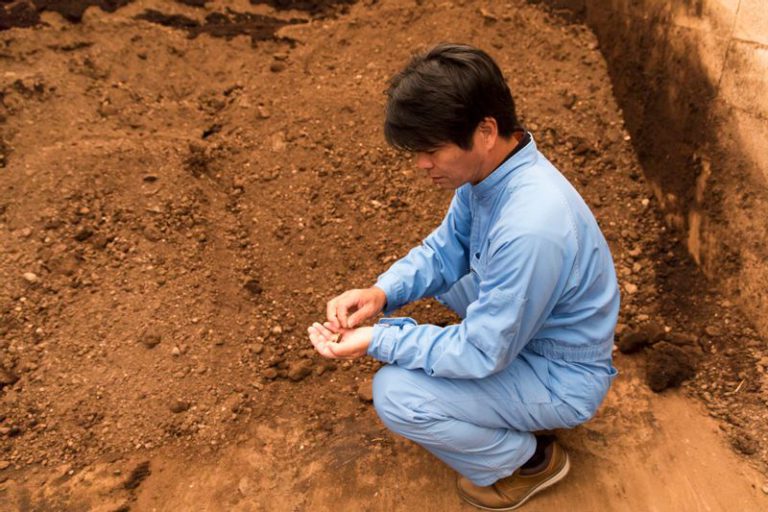
Fanfarm uses Kurokashiwa’s droppings to fertilize the rice used to feed Choshu Kurokashiwa and buys substandard crops, such as soybeans and barley, discarded by farms to feed Kurokashiwa. Along with ensuring safety and peace of mind, Fanfarm also focuses on circular agriculture for the use of residual products locally by managing the waste that comes from raising chickens and from the farm more generally.
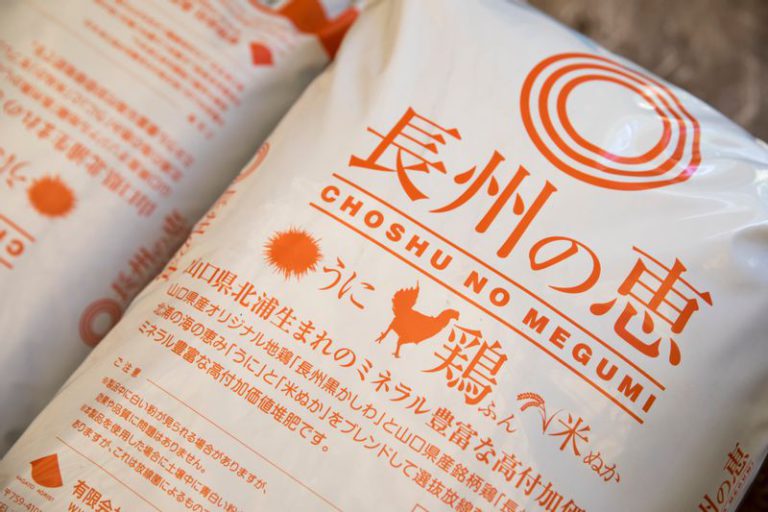
The chicken droppings from Fanfarm are sent to the compost center Suenaga runs in a separate location, where they are mixed with sea urchins culled from fishing grounds to prevent shore-burning and locally produced rice bran so as to create naturally fermented compost. The compost is marketed as Choshu no Megumi and is used to grow Nagato’s farm produce brands. Choshu no Megumi is extremely popular among neighboring farmers for being rich in minerals and for increasing vegetables’ sweetness.
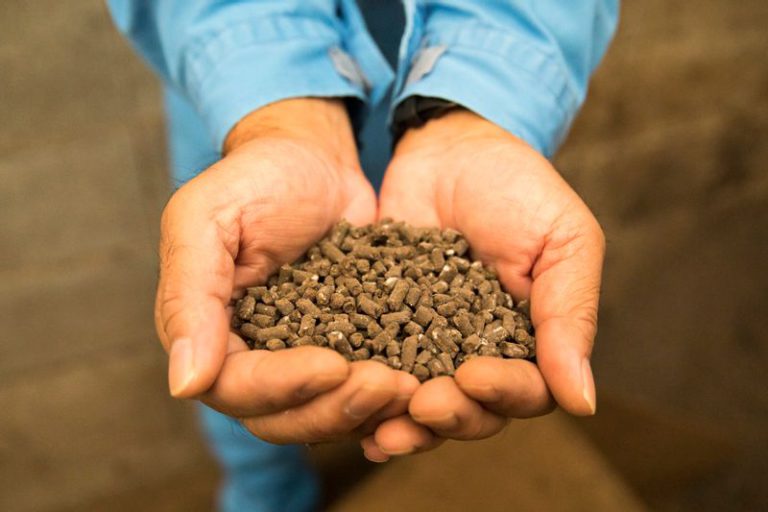
In this way, Suenaga and his colleagues are taking a progressive approach in a bid to achieve zero emissions in the field of agriculture by fully recycling local resources, beginning with chicken farming.
Salt, onion and garlic: the Nagato way of enjoying yakitori
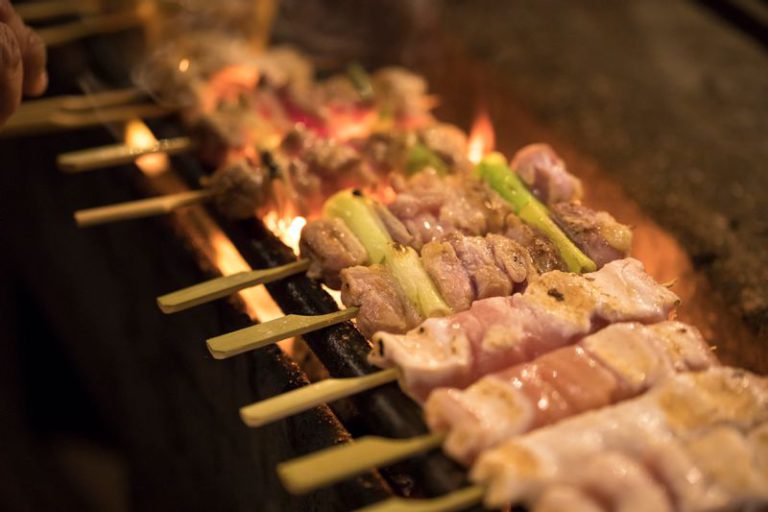
After the interview, we visited the famous yakitori restaurant Chikuzen Sohonten, which serves Choshu Kurokashiwa. They had received a shipment of chicken freshly slaughtered that morning, which we were able to try various parts.
In Nagato, only a few yakitori restaurants exclusively serve yakitori, so some of them pride themselves on serving sashimi or offer a wide selection of nibbles. A visitor is sure to feel quite satisfied with the variety offered.
The thing that defines Nagato’s yakitori is that most people will choose salt over the sauce. The onion is skewered between the chicken pieces instead of the long green onion. They are served on a bed of torn cabbage leaves. The refreshing cabbage is a perfect accompaniment.
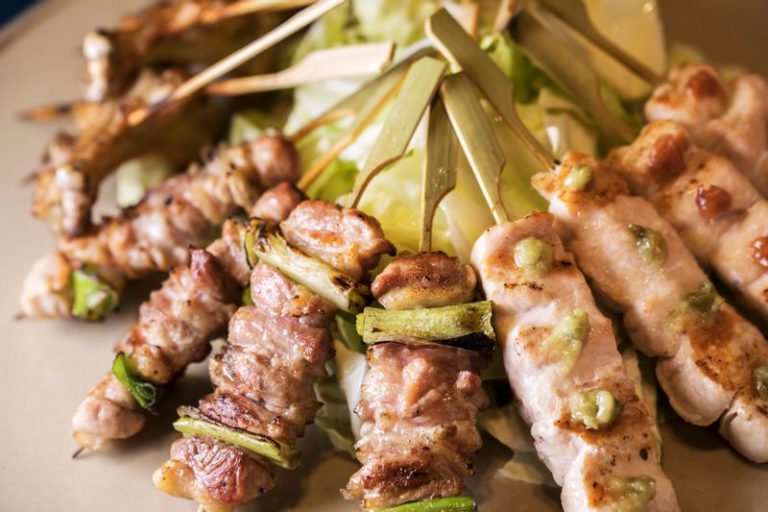
A jar of garlic power is almost a fixture on the table. Shichimi pepper may do, but the Nagato way is to enjoy yakitori with a generous sprinkling of garlic powder. It adds richness to Choshu Kurokashiwa, making it tastier, so give it a try. Another way to enjoy the yakitori is to drizzle them with lashings of Nagato yuzukichi (a type of yuzu), a local specialty.
Choshu Kurokashiwa thrives freely, nurtured by the Sea of Japan’s nutrients and bounty of the wild mountains. We hope you will try this regional food ingredient that is an essential feature of Nagato alongside its seafood.

